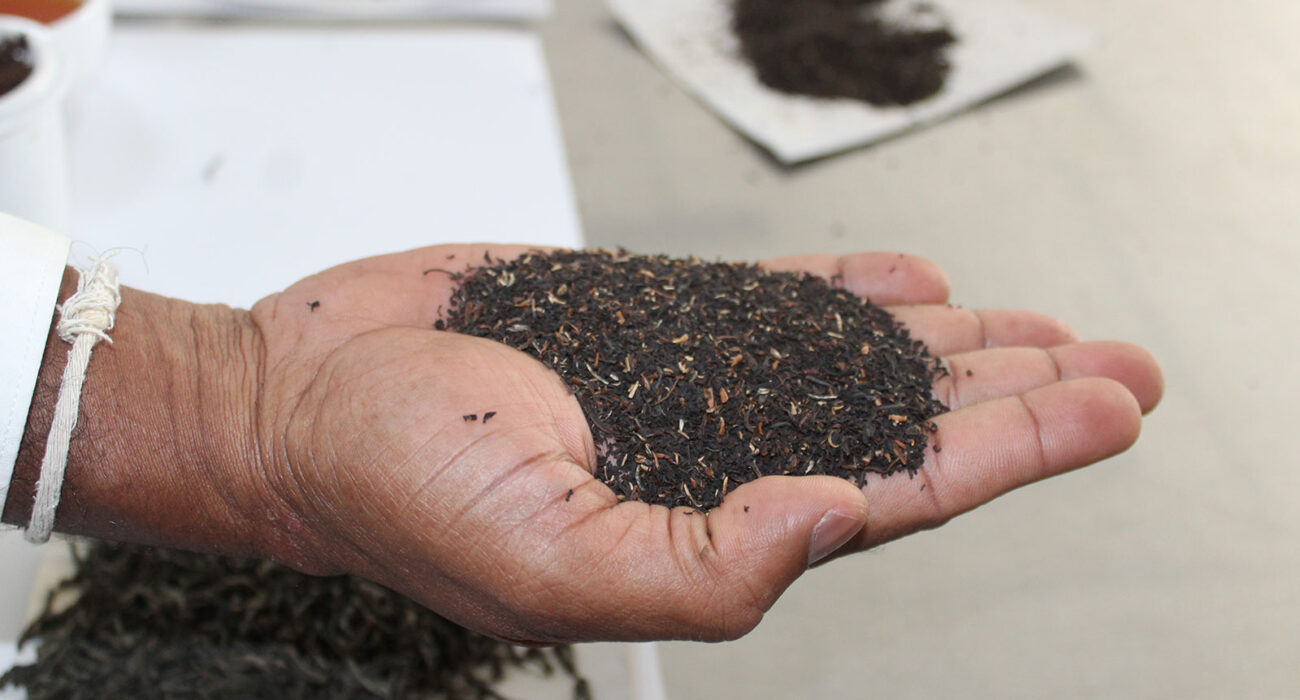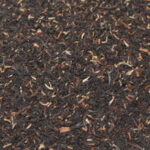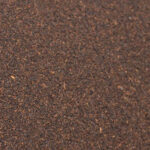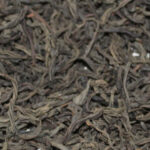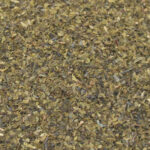1. Introduction
Ceylon tea, also known as Sri Lankan tea, is a black tea grown and produced in Sri Lanka. It is widely regarded as one of the best teas in the world due to its unique flavour, aroma, and colour. The history of Ceylon tea dates back to the 19th century, when the British introduced tea cultivation to Sri Lanka. Today, Ceylon tea is a significant export for Sri Lanka and is enjoyed by tea lovers worldwide.
2. The Origins of Ceylon Tea
Ceylon tea, also known as Sri Lankan tea, is a type of tea that is produced exclusively in the island nation of Sri Lanka. This unique tea has a long and fascinating history, dating back to the early 1800s, and is renowned worldwide for its distinctive flavour and aroma. The British first established a colony in Sri Lanka. The island was already known for its coffee plantations, but when a fungal disease devastated the coffee industry in the late 1800s, the British turned to tea as a replacement crop.
In 1867, a Scottish planter, James Taylor, planted the first tea bushes in Sri Lanka. The bushes thrived in the island’s tropical climate and rich soil, and soon other planters followed suit. By the turn of the century, Sri Lanka had become a major tea-producing nation, exporting millions of pounds of tea to Europe and America.
In the years that followed, Ceylon tea continued to gain popularity worldwide, thanks in part to the efforts of the Sri Lankan Tea Board, established in 1976, to promote the nation’s tea industry. Today, Sri Lanka is the world’s fourth-largest tea producer, and millions of people around the globe enjoy Ceylon tea.
3. The Tea Industry in Sri Lanka
Sri Lanka’s economy depends on the tea industry, which employs hundreds of thousands of people and brings in a lot of money from exports. Tea is the country’s second-largest export after textiles, and Sri Lanka is the world’s fourth-largest tea producer.
Tea plantations are the backbone of Sri Lanka’s tea industry. The country has more than 200,000 hectares of land devoted to tea cultivation, much of it in the highlands, where the climate is excellent, and the soil is fertile. Large companies or cooperatives typically own the plantations, but many small-scale growers sell their tea leaves to larger processors.
Sri Lanka’s tea is exported to more than 160 countries worldwide, with the most important markets being Uk, Russia, Iran, Australia and Iraq. Tea is a popular beverage in many parts of the world, and Sri Lanka’s reputation for producing high-quality tea has helped it to maintain a strong presence in the global market.
There is a growing demand for high-quality, sustainably-produced tea, and Sri Lanka is well-positioned to meet that demand. In recent years, the industry has also been experimenting with new tea varieties, such as white and green tea, which could open up new markets and revenue streams. With suitable investments and strategies, the tea industry in Sri Lanka can continue to thrive for many years.
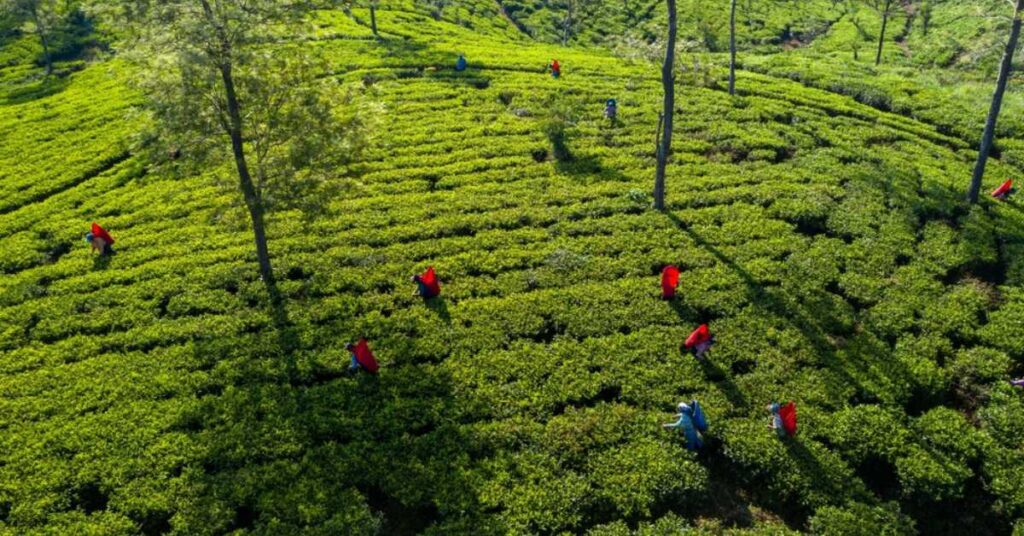
4. How Ceylon Tea is Grown and Processed
Ceylon tea is grown and processed in a specific way that gives it its unique flavour and aroma. Here’s a closer look at how Ceylon tea is grown and processed:
Growing Conditions: Ceylon tea is produced in the highlands of Sri Lanka, where the climate is excellent, and the soil is rich in nutrients. The tea bushes thrive in this environment, producing tender leaves ideal for making high-quality tea.
Plucking the Leaves: Tea leaves are typically plucked by hand, ensuring that only the most tender leaves are harvested. The plucking is done by skilled workers who carefully select suitable leaves and buds for processing.
Withering: Once the leaves have been plucked, they are spread out on large trays and left to wither. This process removes excess moisture from the leaves, making them more pliable for rolling.
Rolling: After withering, the leaves are rolled to release the natural oils and flavour compounds. This is done using a rolling machine or by hand, depending on the scale of the operation. Rolling also helps to shape the leaves into the desired size and shape.
Fermenting: The rolled leaves are then left to ferment for a short period, usually between 30 minutes to a few hours. This process helps to develop the unique flavour and aroma of the tea.
Drying: After fermentation, the leaves are dried in large ovens or by exposure to the sun. This stops the fermentation process and locks in the flavour and aroma of the tea.
Sorting: The final step is sorting, where the leaves are graded according to size, shape, and quality. The best leaves are reserved for high-end teas, while lower-grade leaves are used for cheaper blends.
5. Types of Ceylon Tea
Ceylon tea comes in various types with unique flavours and aromas. Here’s a closer look at some of the most popular types of Ceylon tea:
Black Tea: Black tea is the most common type of Ceylon tea, accounting for more than 90% of the tea produced in Sri Lanka. It is made from withered and fermented tea leaves, which gives it its distinctive flavour and aroma. Ceylon black tea is known for its robust and full-bodied taste and is often enjoyed with milk and sugar.
Green Tea: Green tea is a popular alternative to black tea, especially for those seeking a milder flavour and lower caffeine content. It is made from unfermented tea leaves that are steamed and dried. Ceylon green tea has a light, refreshing taste with grassy and floral notes.
White Tea: White tea is a rare and expensive tea made from the youngest leaves and buds of the tea plant. The leaves are withered and dried but not fermented or rolled, which gives it a delicate, subtle flavour with floral and fruity notes. Ceylon white tea is highly prized for its soft and nuanced taste.
Oolong Tea: Oolong tea is a partially fermented tea that falls between black and green tea in terms of flavour and aroma. It is made from withered leaves that are partially fermented and then dried. Ceylon oolong tea has a complex, multi-layered flavour with floral and nutty notes.
Flavoured Tea: Flavored tea is a popular way to enjoy Ceylon tea, as it can be infused with various natural flavours like fruit, flowers, and spices. Flavored Ceylon tea comes in different blends, including Earl Grey, masala chai, and vanilla.
Each type of Ceylon tea has its unique flavour and aroma, making it easy to find one that suits your taste preferences. Whether you prefer solid and full-bodied black tea or delicate and nuanced white tea, Ceylon tea has something to offer for every tea lover.
6. the Importance of Origin ( Areas )
The discovery of the influence of the different climates on tea production has led to the creation of a variety of quality teas unique to each agro-climatic area in Sri Lanka. It cannot be found anywhere else on earth. Nuwara Eliya Dimbula, Uva, and Uda Pussallawa in the highland region, Kandy in the middle country, and Ruhuna and Sambalgamuwa in the low country region of Sri Lanka are internationally renowned for their teas.
Nuwara Eliya: The most famous tea-growing region in Sri Lanka, is the hilliest and has the most significant average altitude. Coupled with a low temperature, this yields teas with an exceptional aroma. The infusion in the cup is the palest of all Ceylon Tea varieties, with a golden colour and a delicately aromatic flavour. Whole-leaf Orange Pekoe (OP) and Broken Orange Pekoe (BOP) are this region’s most desired tea grades.
Dimbula: Between Nuwara Eliya and Horton Plains lies the district of Dimbula, whose teas are defined as “high grown” as all estates exceed an altitude of 1,250m (4000 Feet). The region’s complex topography produces various microclimates, which have differences in flavour – sometimes jasmine mixed with cypress. All, however, share the Dimbula character: a tea that makes a delicate golden-orange hue in the cup and which is refreshingly mellow.
Uva: The distant Uva precinct is exposed to the northeast and southwest monsoon winds, which is thought to provide the tea grown here with a unique, distinct personality and exotically fragrant flavour. Thomas Lipton, a Victorian entrepreneur, convinced Americans to consume tea by using tea cultivated on his Uva plantations. Once encountered, the mellow, smooth flavour of Uva tea is instantly distinguishable.
Uda Pussellawa: While Uda Pussellawa is adjacent to Nuwara Eliya, its tea is frequently compared to its neighbour’s. In contrast, it is darker in the cup, with a reddish tint, more potent, and wonderfully tart. Supposedly, colder circumstances at the end of the year impart a trace of rose to the aroma of a tea with a medium body and delicate flavour. Yet, heavy precipitation tends to yield even darker and more robust tea in taste.
Kandy: The teas produced in the Kandy area, where the industry originated in 1867, are known as “mid-grown” since cultivation does not surpass 1,300 metres. The flavour varies based on altitude and whether or not the plantation is protected from monsoon winds. They are delicious. The infusion of Kandy teas is brilliant with a coppery hue, and they are robust and powerfully full-bodied.
Ruhuna: The teas of the Ruhuna region are considered “low-grown” because they are produced at an altitude of fewer than 600 metres in extensive subregions ranging from the coastal plains to the southern border of the Sinharaja Rain Forest. The soil, together with the estates’ low height, promotes the tea bush’s rapid growth, resulting in the production of long, attractive leaves. Full-flavoured black tea is a speciality that is uniquely Ruhuna. The facilities that create Ruhuna leaves generate various leaf types and sizes, including the desired “tips.”
Sabaragamuwa: Sabaragamuwa is the largest district in Sri Lanka, and its tea gardens range from sea level to 610 metres. Sabaragamuwa, situated between Sinharaja in the south and Adam’s Peak wilderness in the north, produces a shrub with a large leaf that multiplies. The beverage is also comparable to Ruhuna teas; it is dark yellow-brown with a hint of crimson. The scent, however, is significantly distinct from that of the Ruhuna goods, with a note of sweet caramel that is not quite as strong but yet exquisitely refined.

